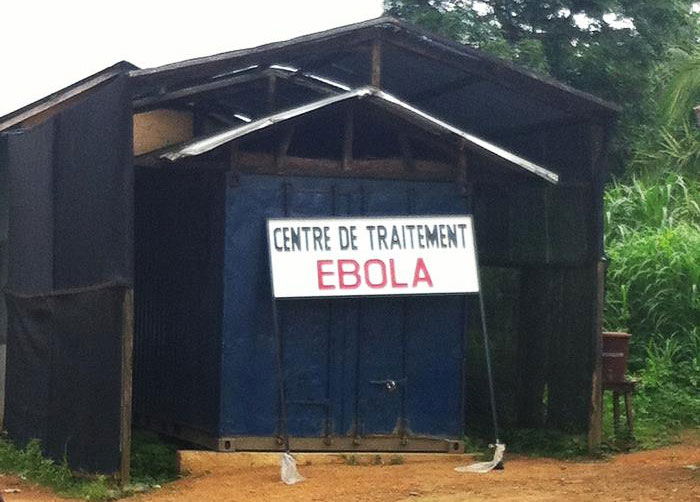Ebola Cases in West Africa Reach Low for 2015

The number of new Ebola cases in West Africa last week was the lowest it has been in 2015, health officials said today.
Between March 15 and March 22, there were 79 new Ebola cases in Guinea, Liberia and Sierra Leone, according to a new report from the World Health Organization. That's the lowest weekly total so far this year; in earlier weeks, the number of new Ebola cases has ranged from about 100 to 150.
Health officials reported 45 new Ebola cases in Guinea (a drop from 95 cases the week before) and 33 new cases in Sierra Leone (a drop from 55 the week before). There was also one new Ebola case in Liberia last week, which was the country's first case in three weeks.
The report also showed that there have been some improvements in tracking Ebola cases in Guinea: About 19 percent of Ebola cases in the country that were identified last week were found only after the person had died, but that number was 57 percent the week before. This hints that fewer people who have Ebola are going undetected. Identifying Ebola cases early on is important to prevent spread of the disease.
Still, in Guinea, 62 percent of the new Ebola cases occurred in people that health officials did not know were at risk for the disease, because officials had not identified these people as having had contact with an Ebola patient. There was also an increase in reports of unsafe burials in Guinea, from 22 the previous week to 26 last week, according to the report. Unsafe burials are funeral services that include practices, such as washing the deceased person's body, that could promote transmission of the disease.
"The fact that fewer than half of cases arose from known contacts, and [that] the number of reported unsafe burials has increased, suggests that the outbreak in Guinea continues to be driven by unknown chains of transmission," the report said. [Where Did Ebola Come From?]
In Sierra Leone, most new Ebola cases found last week (84 percent) occurred among people who were known to have had contact with an Ebola patient, and so health officials were monitoring these patients when they got sick. There were also no reports of unsafe burials in Sierra Leone last week.
Get the world’s most fascinating discoveries delivered straight to your inbox.
In Liberia's single new case, health officials don't know how the patient became infected with Ebola, but an investigation into the case is ongoing, WHO said. Officials are now tracking 71 people in that country who had contact with the new Ebola patient.
Because the number of cases in West Africa is declining, the number of treatment facilities in Liberia and Sierra Leone now "far exceeds demand," the report said. Both countries are in the process of closing surplus facilities.
"Each country will retain a core capacity of high-quality Ebola-treatment centers, strategically located to ensure complete geographic coverage, with additional rapid-response capacity held in reserve," the report said.
Since it started a year ago, the Ebola outbreak in West Africa has sickened more than 25,000 people and killed more than 10,000 people in Guinea, Liberia and Sierra Leone.
Follow Rachael Rettner @RachaelRettner. Follow Live Science @livescience, Facebook & Google+. Original article on Live Science.

Rachael is a Live Science contributor, and was a former channel editor and senior writer for Live Science between 2010 and 2022. She has a master's degree in journalism from New York University's Science, Health and Environmental Reporting Program. She also holds a B.S. in molecular biology and an M.S. in biology from the University of California, San Diego. Her work has appeared in Scienceline, The Washington Post and Scientific American.


